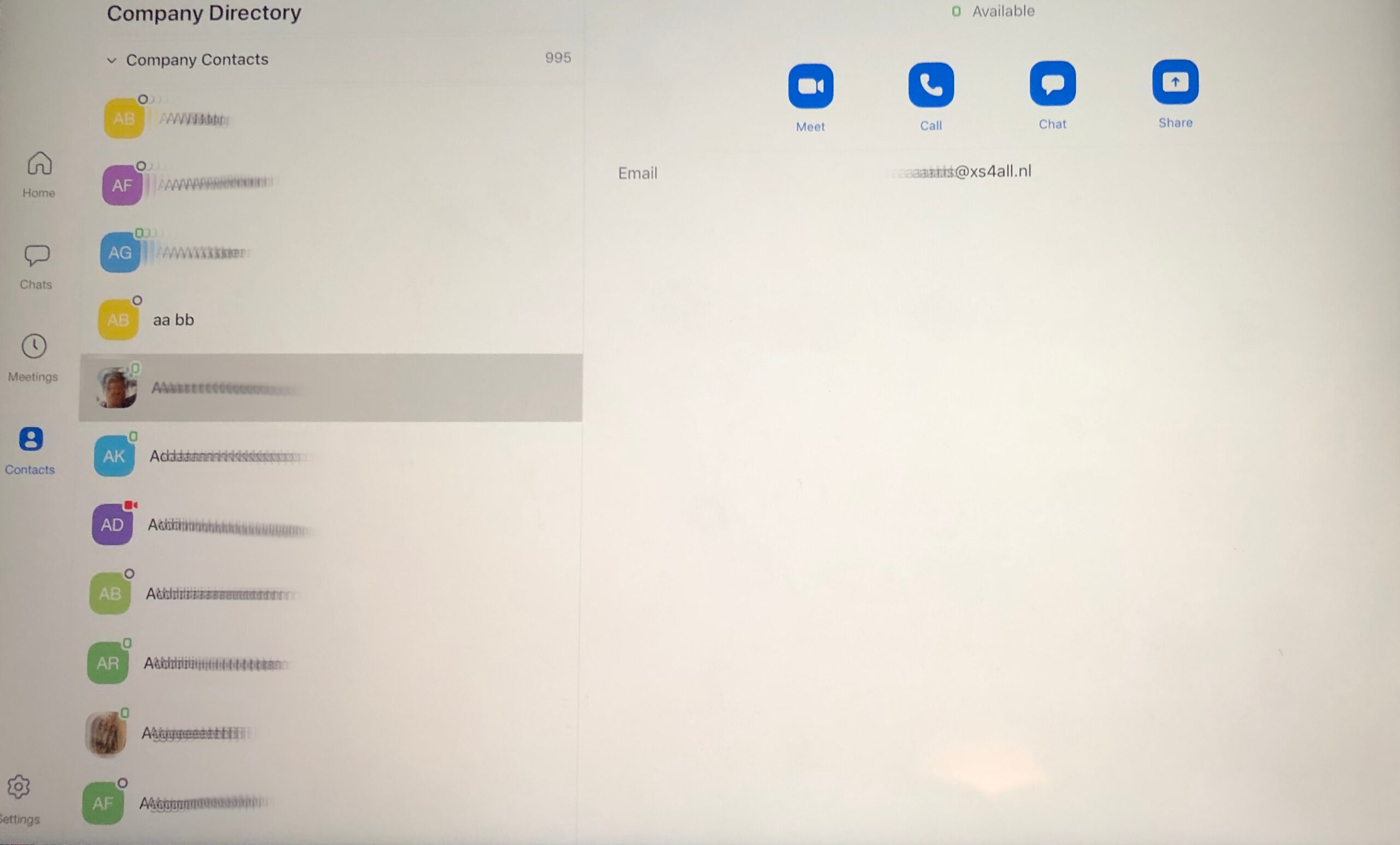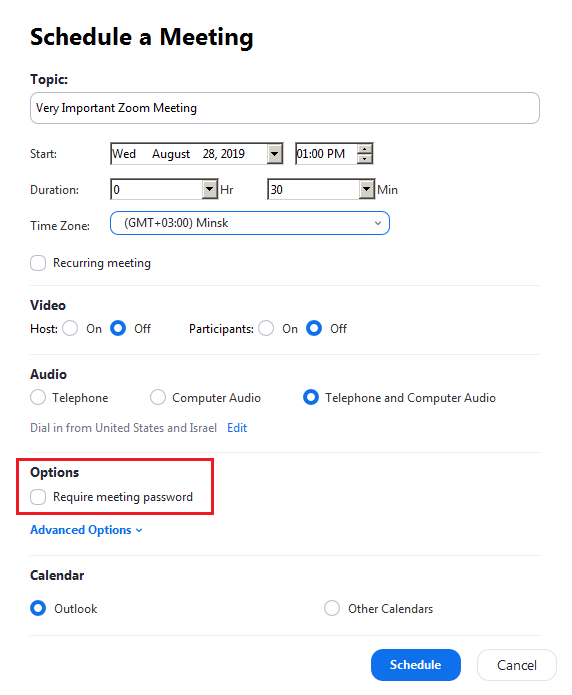Four global drinks giants are responsible for more than half a million tonnes of plastic pollution in six developing countries each year, enough to cover 83 football pitches every day, according to a report.
The NGO Tearfund has calculated the greenhouse gas emissions from the open burning of plastic bottles, sachets and cartons produced by Coca-Cola, PepsiCo, Nestlé and Unilever in developing nations, where waste can be mismanaged because people do not have access to collections.
Taking a sample of six developing countries, reflecting a spread across the globe, the NGO estimated the burning of plastic packaging put on to the market by the companies creates 4.6m tonnes of carbon dioxide equivalent – equivalent to the emissions from 2m cars.
Tearfund analysed the plastic put on the market in China, India, the Philippines, Brazil, Mexico and Nigeria by the four companies to examine the impact of single use plastic in developing countries. The countries were chosen because they are large developing country markets, spread across three continents.
The sachets, bottles, and cartons sold in these countries often end up either being burned or dumped – creating a pollution problem equivalent to covering 83 football pitches with plastic to 10 centimetres deep each day.
The report says: “This massive plastic pollution footprint, while a crisis in and of itself, is also contributing to the climate crisis.”
It adds that the four companies make little or no mention of emissions from disposal of their products or packaging in their climate change commitments.
“These companies continue to sell billions of products in single-use bottles, sachets and packets in developing countries,” says the report.
“And they do this despite knowing that: waste isn’t properly managed in these contexts; their packaging therefore becomes pollution; and such pollution causes serious harm to the environment and people’s health. Such actions – with such knowledge – are morally indefensible.”
The charity is calling for the companies to urgently switch to refillable and reusable packaging instead of sachets and plastic bottles.
The NGO estimated how much of their plastic waste in each country is mismanaged, burned or dumped using World Bank data.
Source: Report reveals ‘massive plastic pollution footprint’ of drinks firms | Environment | The Guardian


